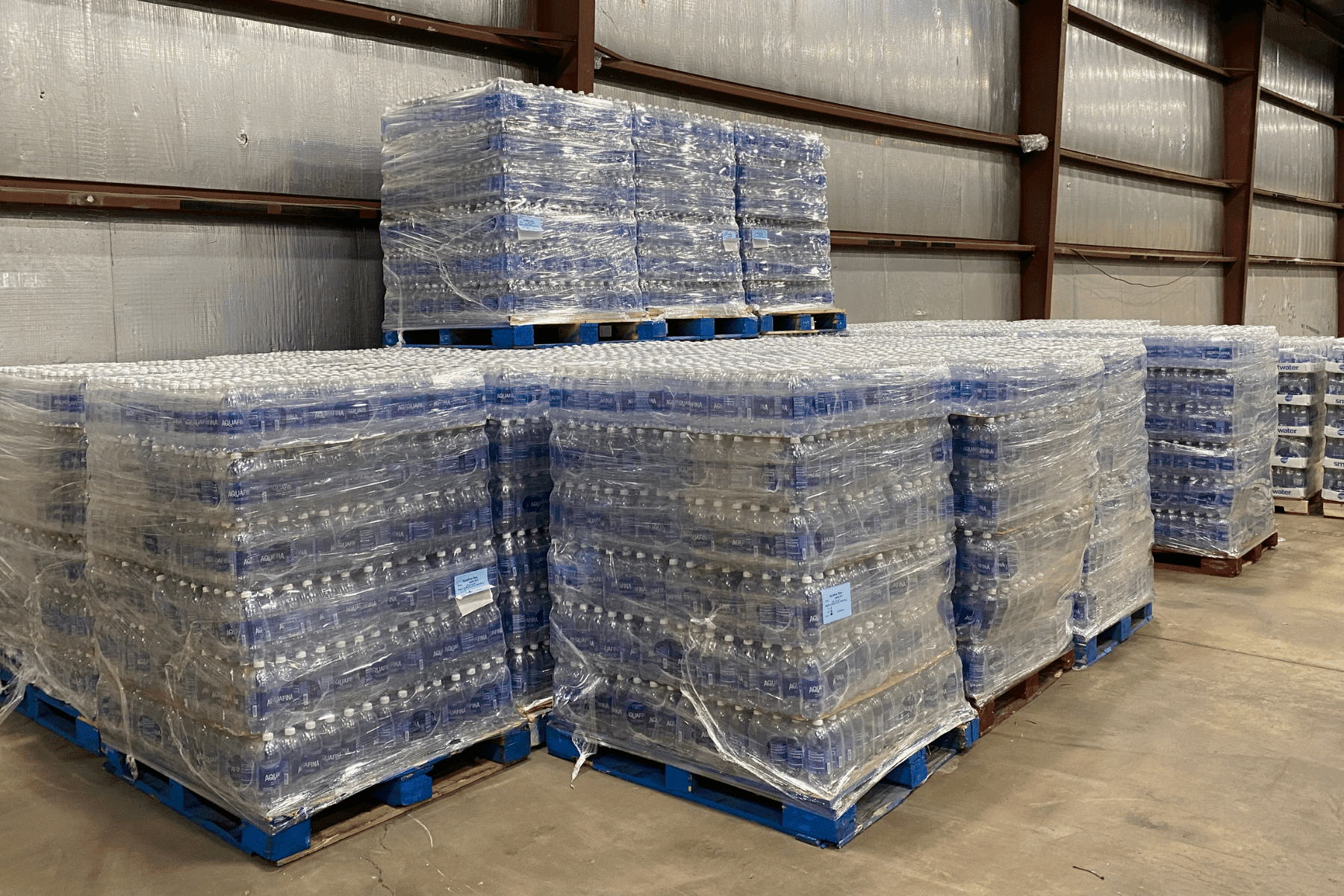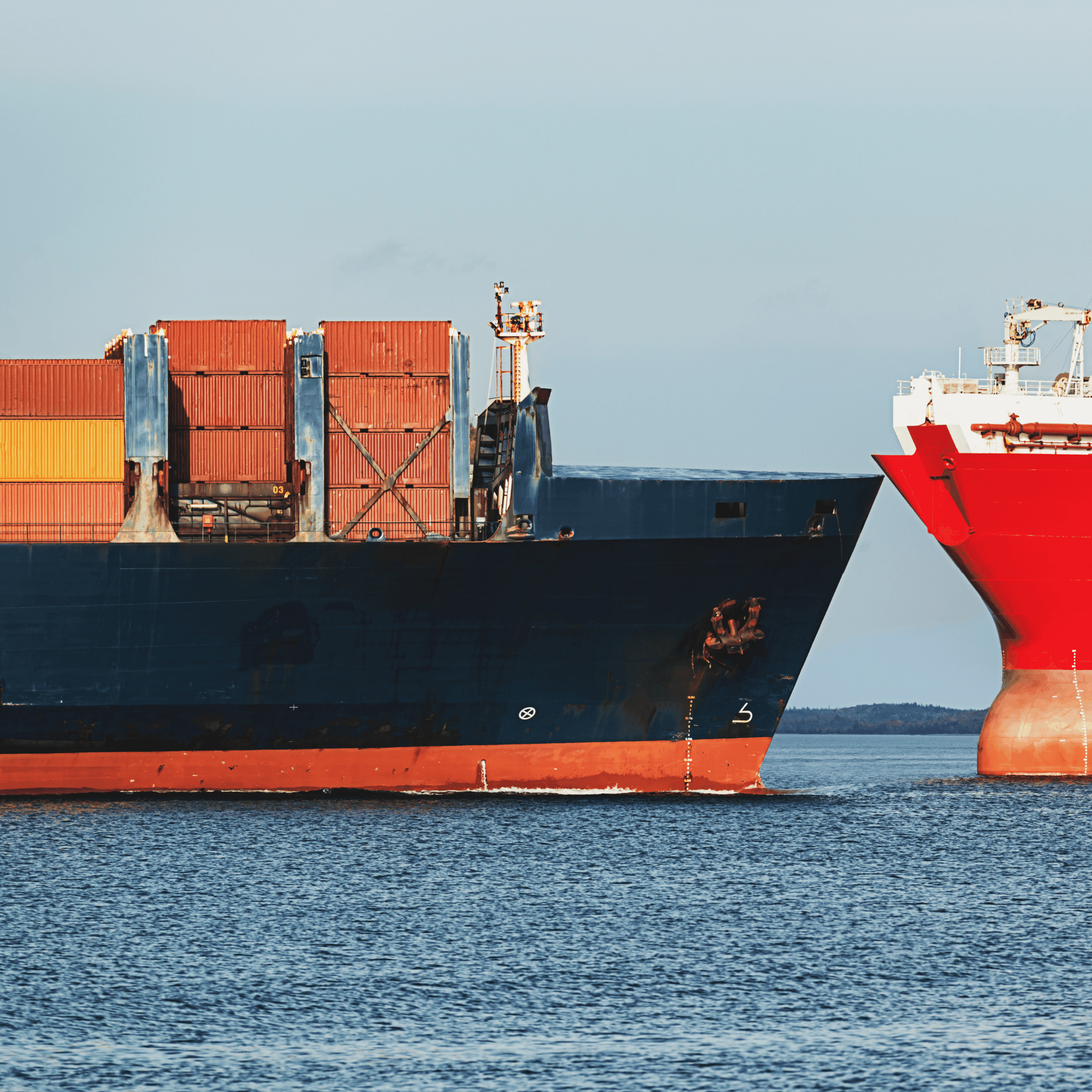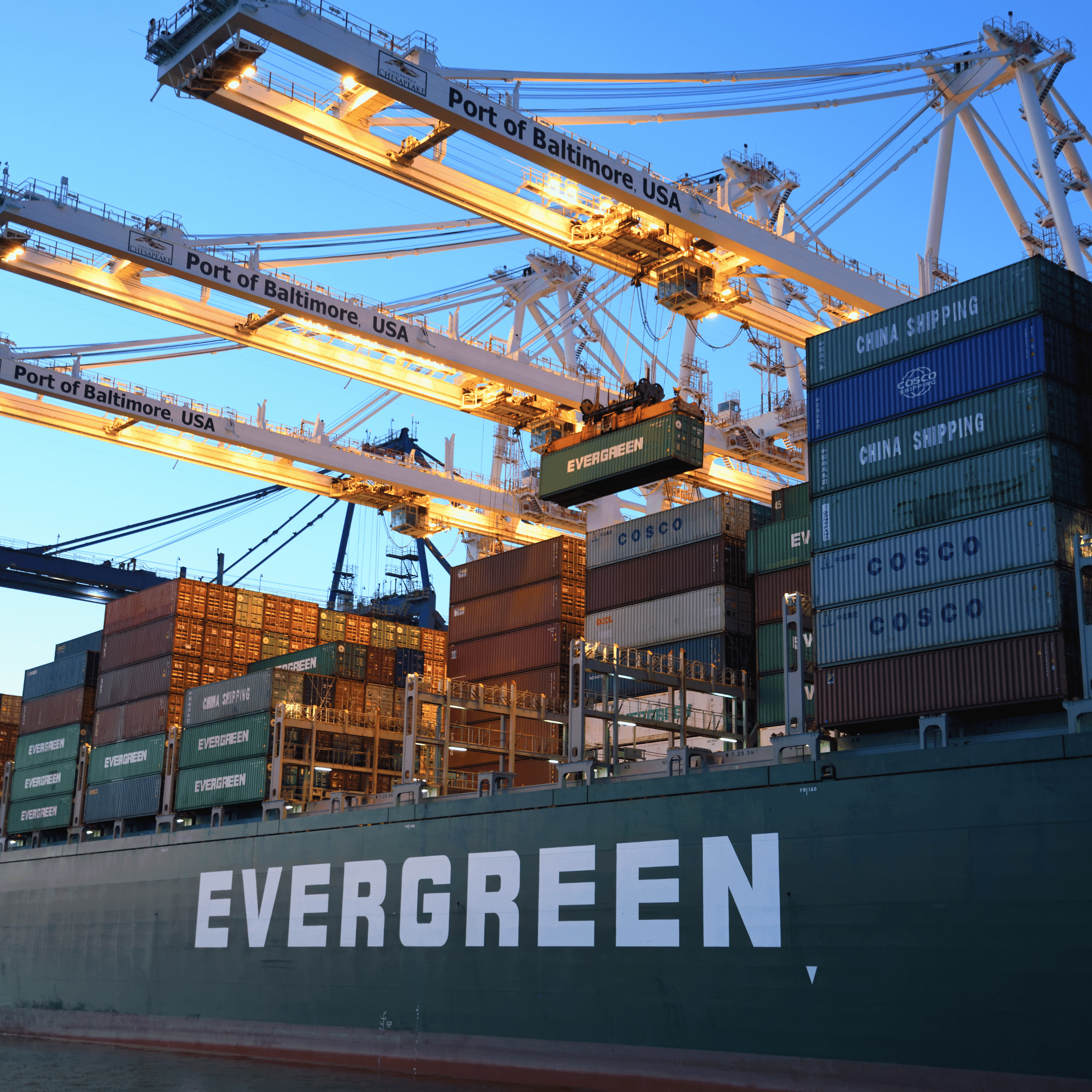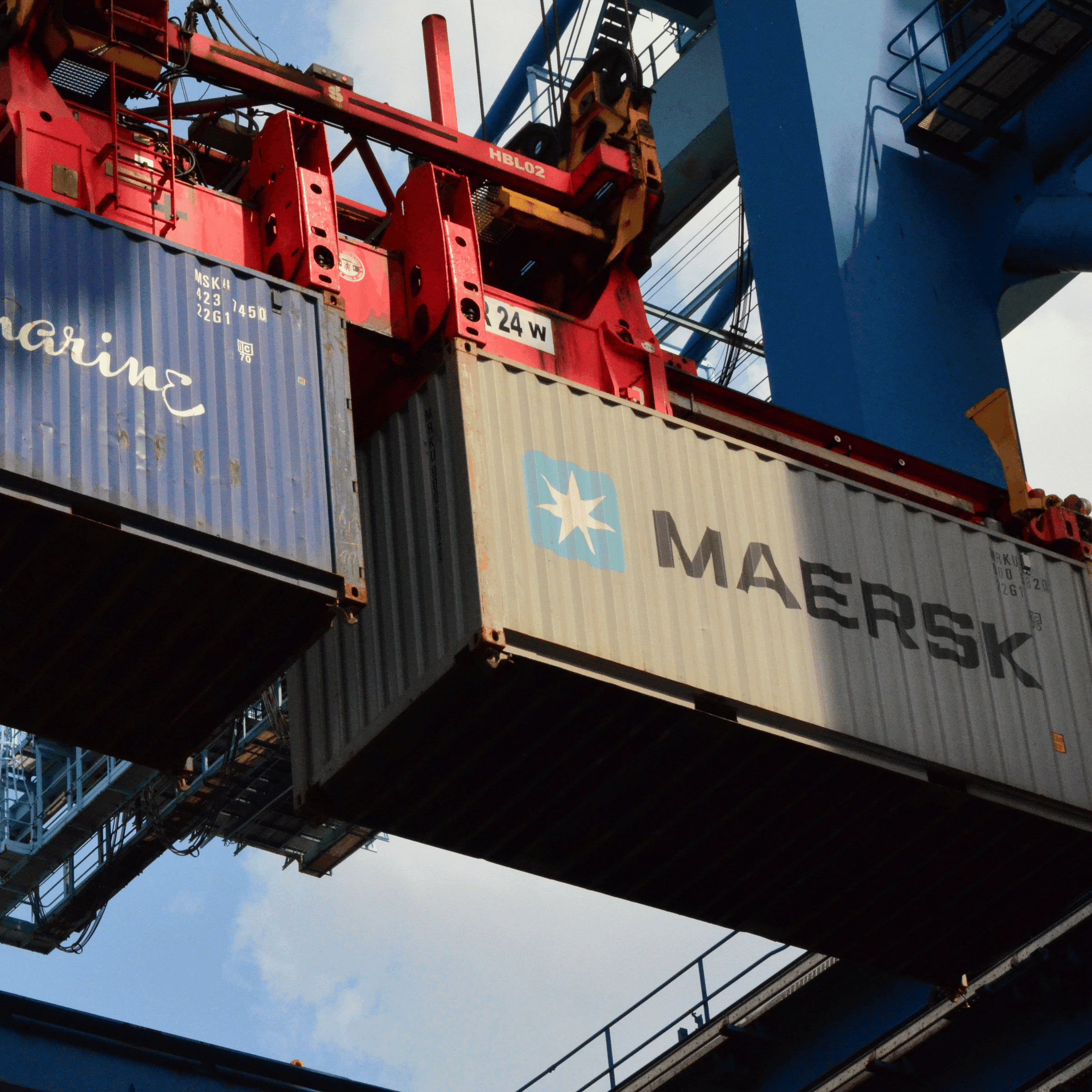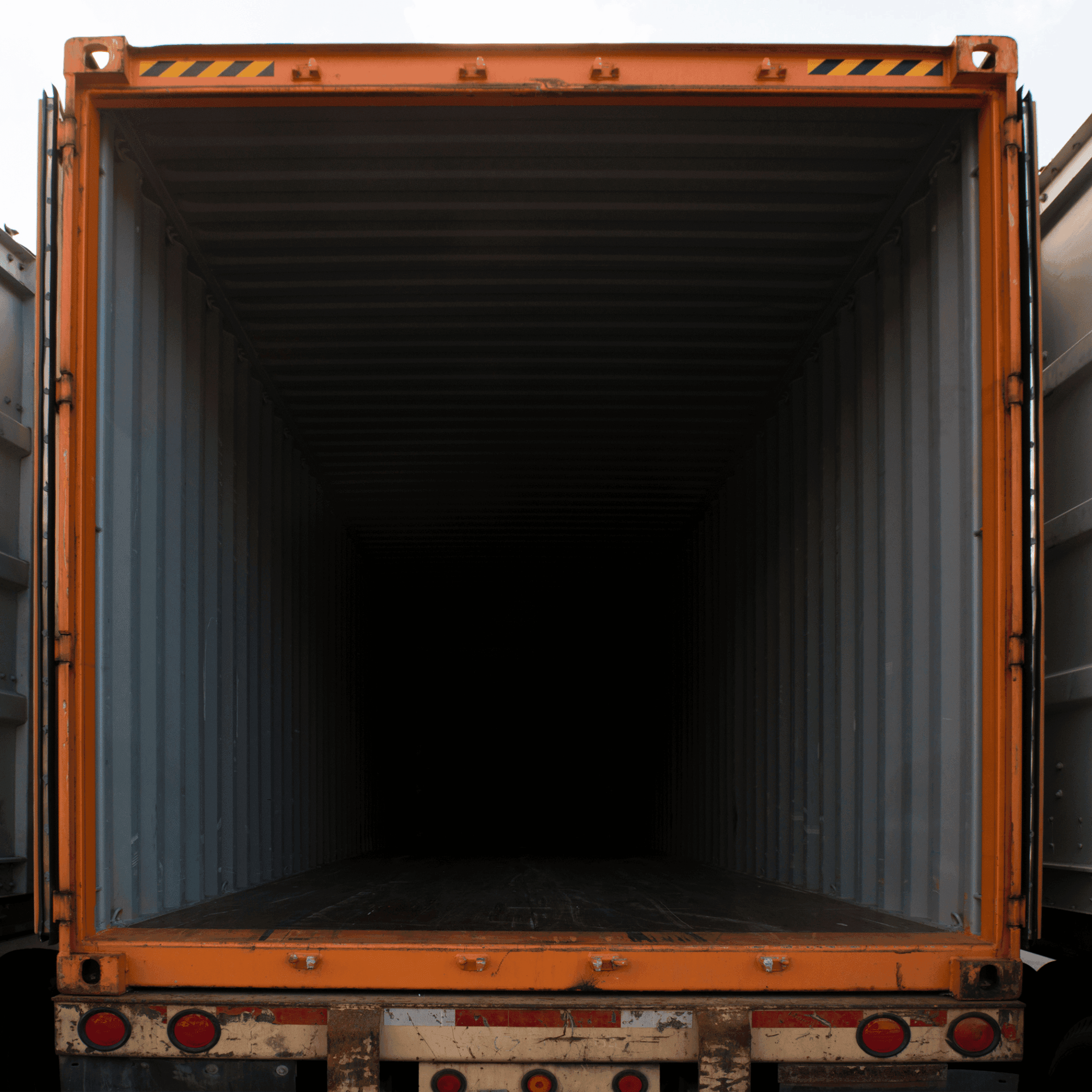Working with a third-party logistics provider for warehousing and can incur greater cost-saving efficiencies and prevent issues associated with managing your supply chain in house.
Here’s a word on how pallet storage pricing is typically determined as well as how we help keep costs down and productivity up by adhering to best practices.
Pallet Storage Pricing
Most pallet storage pricing is determined by most 3PLs according to one of four methods.
The first is per-pallet, in which case pricing is issued by the pallet, sometimes according to pallet volume and weight.
The second is bin pricing, which is charged according to the “bins” the pallets occupy once they are wrapped.
The third is by square footage, and is calculated according to how much floor space (or shelf space) the pallets take up.
Finally, there is cubic footage pricing, which is like square footage pricing, except with another dimension added on, making it volumetric.
The warehouse’s rates may also take into account the length of the term of storage, the overall amount you store with them, and the conditions applied – for instance, whether or not climate control is necessary.
For more information on how we determine rates, please directly.
Pallet Storage: How a 3PL Maximizes Both Safety and Cost-Efficiency
There are other ways in which we maximize efficiency and protect the viability of your freight when handling and in storage, by observing some of the most effective pallet storage protocols, including but not limited to the following.
Inspection before use: Pallets should never be utilized if they exhibit damage, and compromised pallets are a danger not only to the merchandise they contain but to others on the warehouse floor, as they can snap, warp, and allow load shifting that can be extremely dangerous. As a result, all pallets that exhibit any sort of damage or structural compromise should be scrapped immediately.
Shrink wrapping pallets after loading: Shrink wrapping palletized merchandise before storage is much safer for everyone involved as well as for the merchandise itself, as it helps prevent merchandise from toppling over and needing to be restacked. It only takes a moment, but it can save a half hour of restacking if not much more.
Effective pallet movement/handling: For better or worse, sometimes handlers drag pallets. This not only increases the likelihood of worker injury, but it can damage the pallet. Moreover, merchandise can also be damaged by dragging or rough or improper handling. The appropriate equipment, including pallet jacks (and motorized jacks) as well as forklifts, is necessary to protect palletized freight.
Loading pallets responsibly/evenly: There are several pointers to observe when loading pallets. For one, the best advice is to stack the heaviest, densest merchandise in the lowest position on the pallet – if the freight is mixed (if not, it doesn’t matter). It’s also critical that the pallet is loaded evenly, and that one side is not heavier than the other as this can cause inefficiencies and dangerous conditions when moving or loading pallets.
When stacking, stacking pallets evenly: Not all pallet storage protocols allow for pallets to be stacked, especially with mixed merchandise. Often it isn’t a possibility, but when it is, it is just as important to stack pallets evenly as it is to load them evenly. Uneven stacking can result in freight being crushed or otherwise damaged, and it also prevents a risk of collapse, which can not only damage freight but can be extremely hazardous to nearby workers.
Preventing pallet overhang: When stacking pallets or placing them in steel bins that are elevated, it is critical to prevent overhang. It only takes a second but it can save an entire pallet, not to mention prevent a very dangerous situation. Pallets, when stacked, should never overhang each other or the platform on which they are positioned.
Observing reasonable stacking height restrictions: Another condition to observe whenever stacking pallets is that reasonable height restrictions be met. Stacking too high can violate fire code, but more importantly, creates a risk of collapse. Even if it doesn’t, excessive stacking can very easily damage the freight on the lower tiers of pallets.
Discarding damaged pallets: Damaged pallets should never be reused for reasons already mentioned here. Proper protocols should be in place in the pallet storage location to identify signs of damage so that damaged pallets are never loaded with freight in the first place.
Keeping a clean and safe warehouse floor: Loading pallets can leave debris strewn all over the floor, be it dust, wood shavings, or perhaps most hazard of all, loose ends of shrink wrap that can trip workers and jam up pallet jacks and forklifts. Maintaining a clean warehouse floor is just as critical as proper pallet storage and handling as it is to safety.
Pallet rack anchoring: Where pallet racks are in use, it’s critical to properly anchor them to the floors and, where applicable, to the walls. This helps prevent collapse and makes incidental contact with the steel rack structure far less dangerous.
Ensuring proper temperature and other climatic controls: Last but not least, and though this doesn’t have directly to do with palletizing itself, it’s critical for the pallet storage provider to ensure that the proper temperature (and other climatic conditions) are observed and maintained. Otherwise, you could end up with a whole lot of spoiled freight that needs to be scrapped.
Scaling with a 3PL for Warehousing and Pallet Storage
As with so many other areas of supply chain management, outsourcing to a 3PL for pallet storage and warehousing can bring about enormous cost savings and economies of scale.
Working with a like us gives you the ability to leverage extensive industry experience to your advantage, along with access to advanced analytical tools.
If you’ve ever had trouble in the past with a warehousing or pallet storage provider and need a new, tailored approach to the needs of your industry and specific supply chain, get in touch with us directly and we’ll come up with a customized solution.

